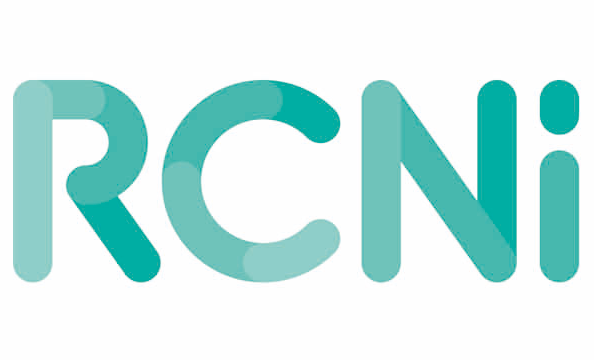The internet is a giant computer network linking computers all over the world, for an introduction with a health perspective see McKenzie (1996) or Anthony (1996a). It started as a response to the Russians launching Sputnik, the first satellite, in 1957. The USA created the Advanced Projects Research Agency (ARPA). And a computer network, ARPANET, to link, initially, four computer systems involved with the US Department of Defense. By 1973 it had grown considerably, was in use by many academic centres, and connected the UK and Norway. In 1982 the network started to use a form of communication called Transmission Control Protocol/Internet Protocol (TCP/IP), which is generally considered to be the start of the Internet as we know it. TCP/IP allowed systems that were totally different (incompatible with each other) to transfer data easily, by using an agreed standard of data exchange.

